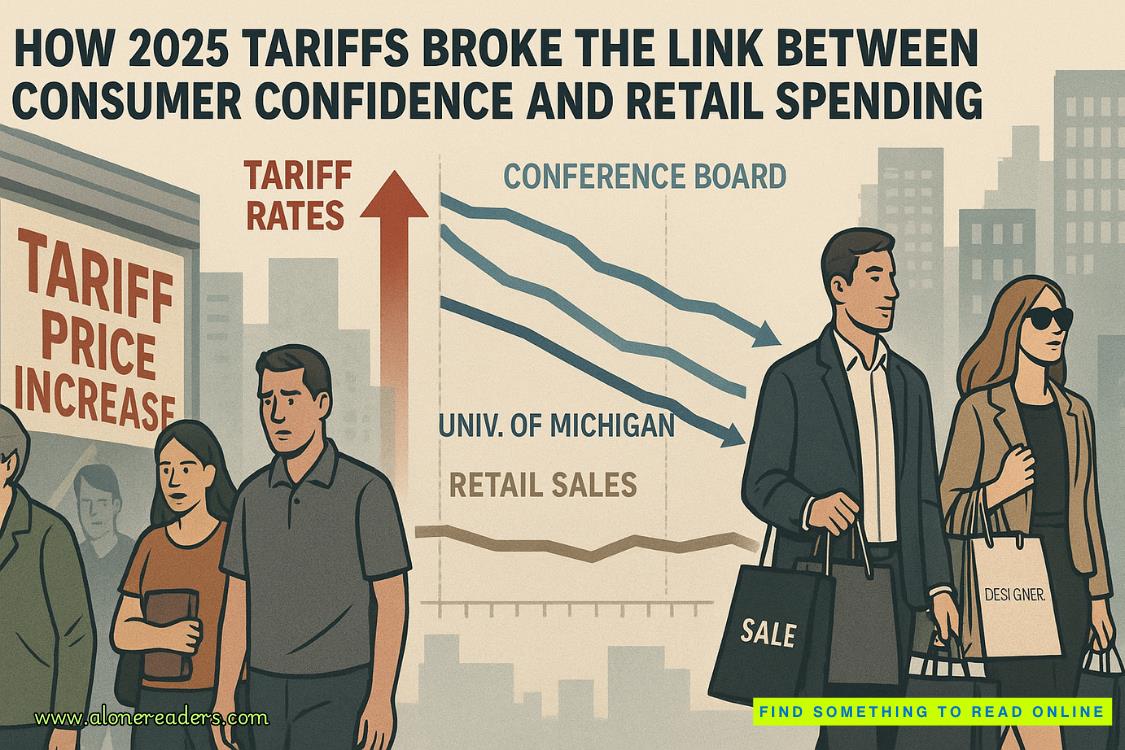Page 33 of Deadly Southern Charm
“Well, anyway,” Rosemary continued, “I went through the boxes searching for pictures taken on trips. Those in black and white, I planned to have colorized and have all the pictures reproduced in uniform size before taking them to a framer.”
“What stopped you?” I asked.
“When your objective is a certain type of picture, you gather them together, in this case I collected sixteen photos taken over four decades. Individually, the similarities weren’t apparent and gathered no attention. But together, the common thread was hard to ignore.”
“What similarities?” I asked.
“Take a good look at the first one,” Rosemary said. “It was taken in 1970 when they were seniors in high school.”
I studied the photo. It showed the smiling young couple standing outside the iron fence that surrounded the White House. Standing by or walking behind them was perhaps a half dozen other people. “Okay. Nothing remarkable.”
“I know, but now look at this one. Dad’s parents gave them a honeymoon in Jamaica as a wedding present. Here are Mom and Dad having dinner at the Half Moon Hotel in Montego Bay.”
They were seated at a table outdoors in a beautiful setting. The dining tables were partially separated by island vegetation on a large flagstone patio. Other couples could be seen in the background at other tables.
“Notice anything yet?” asked Rosemary.
“No, maybe I’m dense. What should I be looking for? Is it that they’re both in the picture? Who is taking the picture?”
“No, that’s not it,” she said quickly. “There’s always some passerby who will usually volunteer to take a picture.” She reached for the next picture. “Look at this one. Atlantic City, 1978.”
This image featured Peter and Emily on the boardwalk in a rickshaw. In the background, the sky was a vivid blue and the ocean calm. And there was the uniformed rickshaw driver also in the frame.
“Wait a minute.” I picked up the shot from Montego Bay taken two years before and thousands of miles away. “The guy at the next table next to your Mom and Dad’s looks like the rickshaw driver.”
“Bingo!” said Rosemary. “Now look at the one at the White House again.”
“Oh my God.” I keyed in on a guy walking by. The man appeared to be about fifty years old and was in all three pictures taken years apart at different locations. “How can that be?”
“And here’s one taken at Marineland in Florida, and there he is again in 1983. And at the Bronx Zoo in 1985. The Golden Gate bridge in 1987.” Rosemary was now dealing out the pictures like so many playing cards.
“The Eiffel Tower in 1991. St. Peter’s Cathedral in Rome in ’94. Yellowstone National Park with the buffaloes in ’95. Niagara Falls in ’98, Mount Rushmore in ’01, and several others, ending up with them standing in front of the Statue of Liberty just last year. And he is in every one of those shots. Sometimes in profile, sometimes looking directly into the camera.”
“There is something very wrong. These pictures cover a period of over forty years, and he looks the same. He never ages. This makes no sense,” I said.
“I noticed that,” Rosemary said. “What do you think it means?”
“I have no idea. Can’t explain it. But whatever the explanation is, it doesn’t seem to be a danger to your parents or something would have happened long ago. It didn’t. Who else have you talked to about this?”
“Just Jack. No one else.”
“I understand what you mean about not seeing this when viewing the pictures the way your mother has them assembled.”
“What do you think I should do?” Rosemary asked me, somehow expecting that I would give her sound advice.
“I don’t know there’s anything to do. If there is, I’m baffled,” I said. “There may be other pictures with this guy that are not taken in front of landmarks. Understandably overlooked. Although, I don’t know what they would prove. They’d just be icing on the cake. Sixteen times pretty well clinches it.”
I drove home, racking my brain for some possible explanation. How could some guy follow my sister and her husband around for decades and never age while so doing? In looking at a picture, one never thinks about who took it. A woman co-worker once told me that her grown son commented that she wasn’t around much when he was a little boy.
“Where did you get that idea?” she asked.
“Well, you’re not in the any of the pictures,” he answered.
“I was the one who took the pictures,” she explained with some passion. It occurred to me that maybe some of the pictures in Emily’s boxes were taken by the mysterious passerby.
* * * *
Months passed.
I had signed up for a bus trip to Nashville sponsored by a singles club to which I belonged. The chartered bus left Richmond at six on a Tuesday morning and arrived in Nashville in time for dinner. Most of the club was tired from the long hours on the road, but a few of the heartier members, including me, went downtown to visit the honky tonks. Many country musicians worked these bars without salary but could usually pick up a few hundred in tips.
On Wednesday, the entire group went for a very enjoyable performance at the original Ryman Auditorium, better known as the “Grand Ole Opry.” Thursday sent most of the women shopping but I am not a shopper, so I went with a few of the men on a tour of the Hermitage, the home of Andrew Jackson. It was a stately house with columns, located about ten miles east of Nashville.
A tour guide met us at the front door of the house. As we walked down the center hall, the guide commented about the paintings that bedecked both walls. Most were of General Jackson or his wife Rachel, and I gave them a perfunctory glance. All of these pictures were artists’ renderings pre-dating photography. One in particular caught my eye, and I walked another five or six paces before it hit me. I stopped dead in my tracks. I returned to the picture that had grabbed my attention and stared at it in disbelief. The legend beneath the portrait read General John Coffee—Second In Command at the Battle of New Orleans. 1772—1833. It was the rickshaw driver, the man outside the White House, the tourist in Jamaica. He was all of them. And his name was Coffee. He had to be an ancestor to my brother-in-law, Peter Coffee.
I sent an e-mail to Rosemary: Rosemary—I came across a painting of General John Coffee in the mansion of Andrew Jackson outside of Nashville. The tour guide said if you Google John Coffee, you’ll see the painting. I’ll be home on Saturday and will talk to you then. Aunt Ruth; sent from my I-phone.
In the morning, I received an email back from Rosemary:
Dear Aunt Ruth—I checked out the portrait on Google, and it’s the same man, without a doubt. I called my dad, and he said that his Great Aunt Deliverance Coffee (What a name!) wrote a genealogy many years ago, and it shows that General John Coffee was his 4X great-grandfather. Dad has never been interested in the family tree and so never mentioned it to me or my brothers. But you sure hit pay dirt. It makes me wonder if other people have ancestors following them around. See you Saturday. Love, Rosemary
PS
Looks like my dad has his own guardian angel. That’s a handy thing for a lawyer to have. It’s kind of like Jiminy Cricket watching out for Pinocchio.
NEVER MARRY A REDHEAD, by S.E. Warwick
Edith compiled a mental list of seasonal chores as she overlooked the garden behind her home near Virginia’s Eastern Shore. Her third husband Henry, the love of her life, had chosen the site for its elevation and inland location to withstand hurricanes. Each tree, shrub, and plant had been selected with care. Edith’s prized camellia, placed against a brick wall to shelter it from a killing frost, nearly reached the roof. From her favorite chair, she could see its buds swelling in anticipation of spring.
“You’re going to love The Beacons, Mother,” Gail gushed from the kitchen as she emptied the dishwasher. “It’s like a cruise ship on land. They’ve got apartments with ocean views and lots of bridge partners for you.”
“I’ll take care of that later, dear,” Edith sa
id aloud, annoyed at her daughter-in-law’s insistence on “helping.” She always put things in the wrong place.
“There, Mother, all set. You need to be careful of that new hip,” Gail replied in a tone reserved for cognitively challenged seven-year-olds. “My realtor friend, Susan, says that homes in this area are selling quickly above asking price.”















